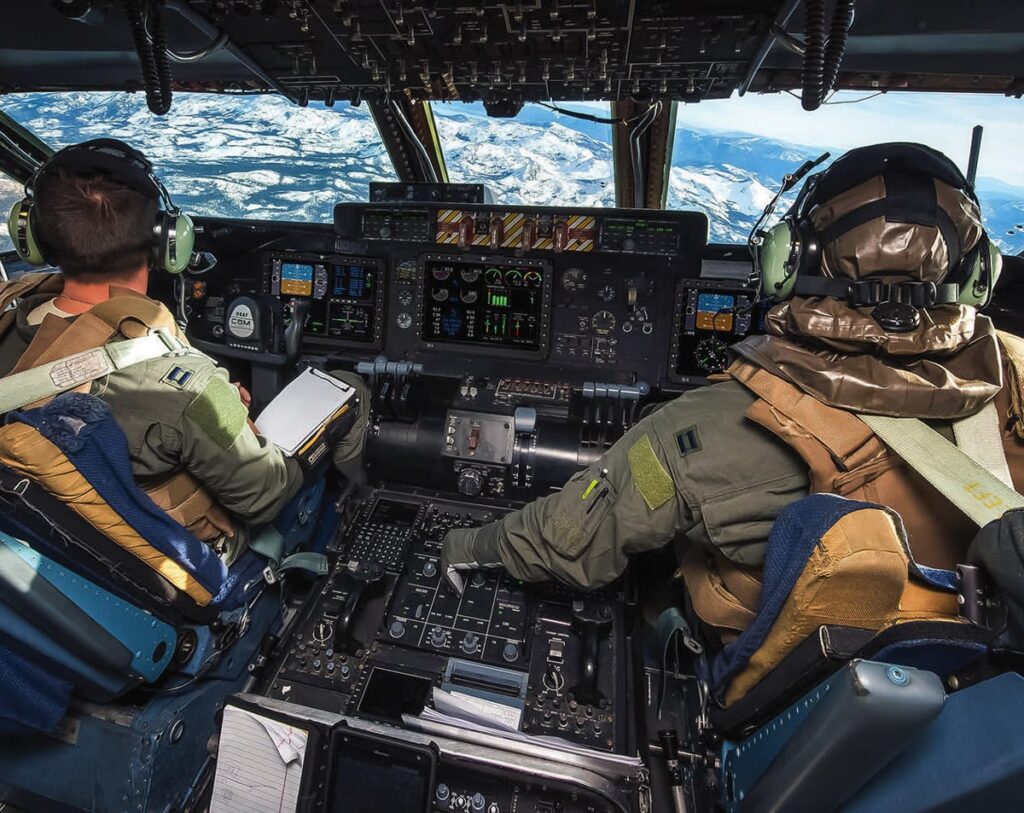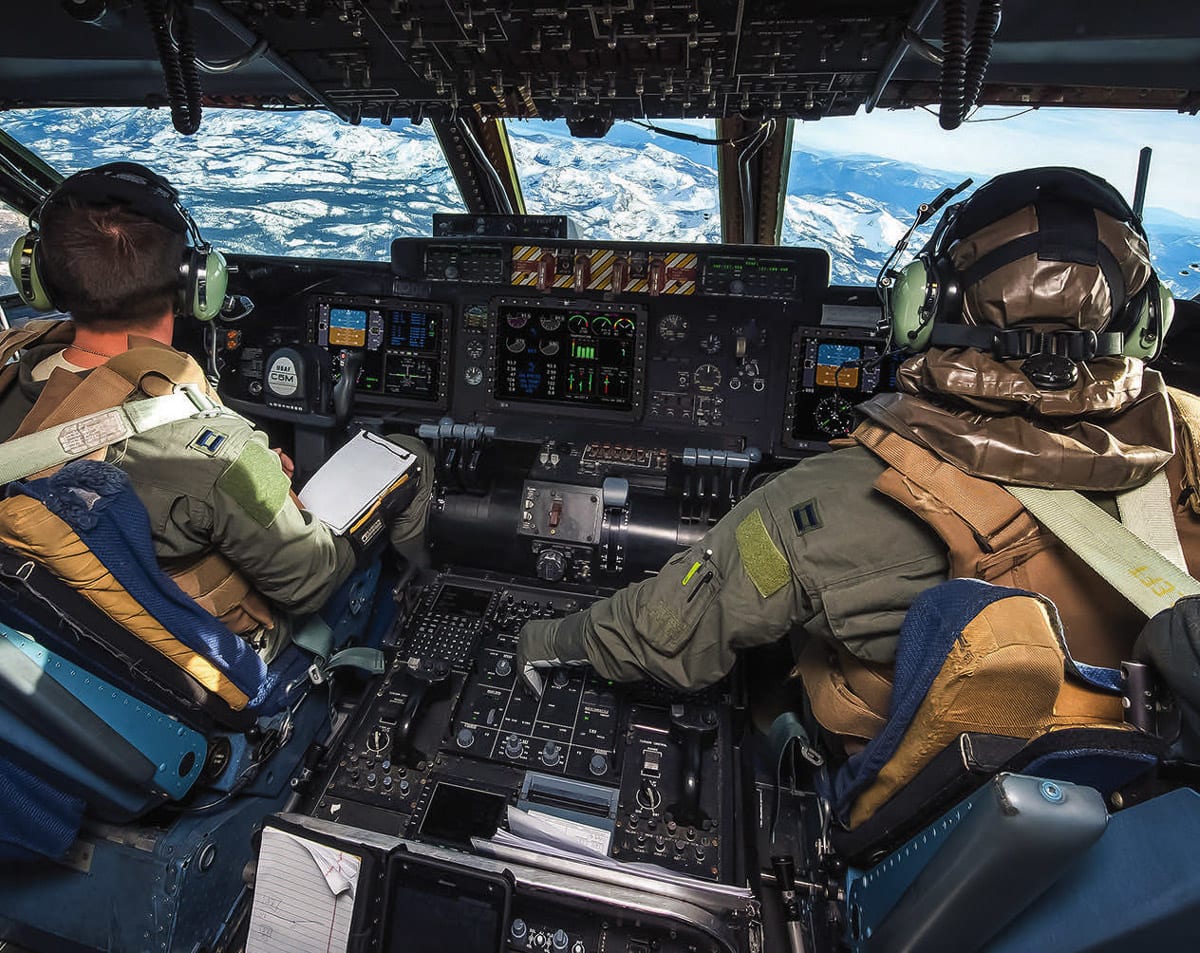Autonomous Avionics: How the Airbus A350-1000 Is Setting New Standards in the Cockpit

Global Avionics Round-Up from Aircraft Value News (AVN)

The Airbus A350-1000 is spearheading the next frontier in avionics: autonomous flight capabilities. The aircraft’s cockpit is equipped with sophisticated systems that blend sensor fusion, real-time data analytics, and AI-driven decision-making, enabling significant automation in navigation, takeoff, and landing.
While full autonomy remains a long-term goal, the intermediate steps taken by Airbus are already influencing market dynamics. These advanced avionics systems reduce pilot workload, improve safety metrics, and optimize flight efficiency. The financial implications are profound.
Airlines using the A350-1000 report lower training costs for pilots and improved on-time performance, both of which positively impact operating margins.
For lessors, the A350-1000’s avionics are a selling point. With the global push for reduced carbon emissions, the A350-1000’s ability to execute highly efficient, AI-optimized flight paths is particularly appealing to airlines under pressure to meet sustainability targets. This has driven up the model’s base value by approximately 8% over the last two years and allowed lessors to secure favorable lease terms even in a competitive market.
However, these advancements also carry risks. The costs of maintaining such sophisticated avionics systems are higher, and technical failures could result in substantial operational disruptions. Despite this, demand for the A350-1000 remains robust, underscoring the industry’s confidence in the long-term viability of autonomous avionics.
The Airbus A350-1000 is a long-range, widebody aircraft that represents the pinnacle of modern aerospace engineering. It is the largest variant in the A350 family, offering a passenger capacity of up to 410 in a typical two-class configuration and a range of approximately 8,700 nautical miles. Its design, technology, and performance make it a game-changer for the aviation industry.
Key Features of the A350-1000
- Advanced Materials
The A350-1000 is constructed using 53% composite materials, which reduce weight and enhance durability. These materials, combined with titanium and advanced aluminum alloys, improve fuel efficiency and corrosion resistance.
- Efficient Engines
Powered by Rolls-Royce Trent XWB-97 engines, the A350-1000 delivers 25% lower fuel burn and CO₂ emissions per seat compared to previous-generation aircraft.
- Aerodynamic Innovations
The aircraft features a state-of-the-art wing design with a high aspect ratio and adaptive winglets. These optimize lift-to-drag ratio and improve fuel efficiency, especially on ultra-long-haul routes.
- Cutting-Edge Avionics
The A350-1000 boasts a sophisticated cockpit suite with intuitive controls, integrated systems, and a head-up display (HUD) to enhance pilot situational awareness.
- Autonomy and Digital Connectivity
The A350-1000 is equipped with the Airbus Flight Operational Real-time Analysis (FORCE) system, enabling predictive maintenance and real-time performance monitoring. Its avionics also support research into autonomous flight technologies, positioning the aircraft as a testing platform for the future of aviation.
This article also appears in our partner publication Aircraft Value News.
John Persinos is the editor-in-chief of Aircraft Value News. You can reach John at: jpersinos@accessintel.com
The post Autonomous Avionics: How the Airbus A350-1000 Is Setting New Standards in the Cockpit appeared first on Avionics International.
—————
Boost Internet Speed–
Free Business Hosting–
Free Email Account–
Dropcatch–
Free Secure Email–
Secure Email–
Cheap VOIP Calls–
Free Hosting–
Boost Inflight Wifi–
Premium Domains–
Free Domains



















